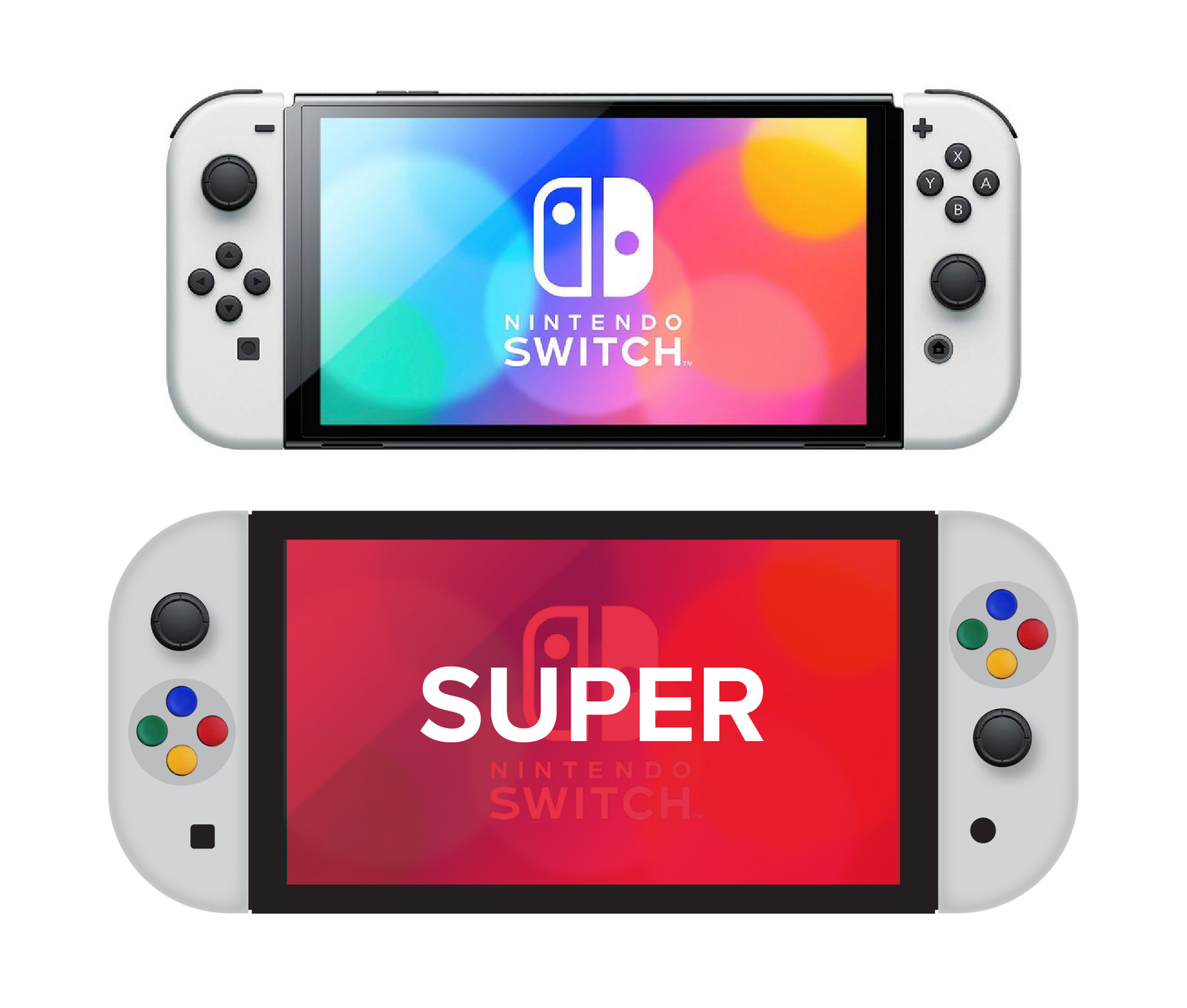regarding the DF video:
Haven't had a chance to watch the most recent edit, though I suspect it's very close to the edit I reviewed some time ago. Couple things I want to single out before I go check out the current version.
Rich definitely hears rumblings the rest of us don't, but
don't read any hints into various things like node or the like. Rich is being a detective, just like the rest of us. We had an extensive conversation about the leaks Fami had turned up, and I think we should remember that Rich feels an obligation to do a certain kind of expectation setting for a PC-gaming centric audience.
No duh, RT is viable. In general, the approach Rich took was to look at console matched settings where they are available, then use DLSS to see what sort of performance was possible. But
Fortnite is an interesting Lumen test, and at least in the numbers I saw, hardware and software Lumen have very close to identical performance.
DLSS is costly, but we don't know what's up Nvidia's sleeve. Look, obviously there are huge caveats, and Rich mentions many in his video, and very smart people like
@LiC are dismissive of the whole exercise. I don't think that 18ms DLSS number is some sort of hard max, and 4k60 is off the table. But it's not cheap, down there at the bottom of the scale.
Don't look at the exact numbers, look at the trends. The
Death Stranding numbers really show the "PS4 Power, PS4 Pro experiences" line holding true. With matched settings, Rich is getting roughly matched frame rates to the PS4. Ultra Performance 4k manages to retain that performance. Yes, DLSS cost is too high, but this is also a PC port. A 3 TFLOPS Ampere device
at least on the GPU side absolutely can offer PS4 Pro-ish experiences with DLSS, and absolutely can offer 9th gen RT.
R I got out of the video is that we shouldn't except 4k output and we shouldn't expect current generation titles to run at 60fps. It will be even harder than with Series S to eke out an acceptable performance mode.




